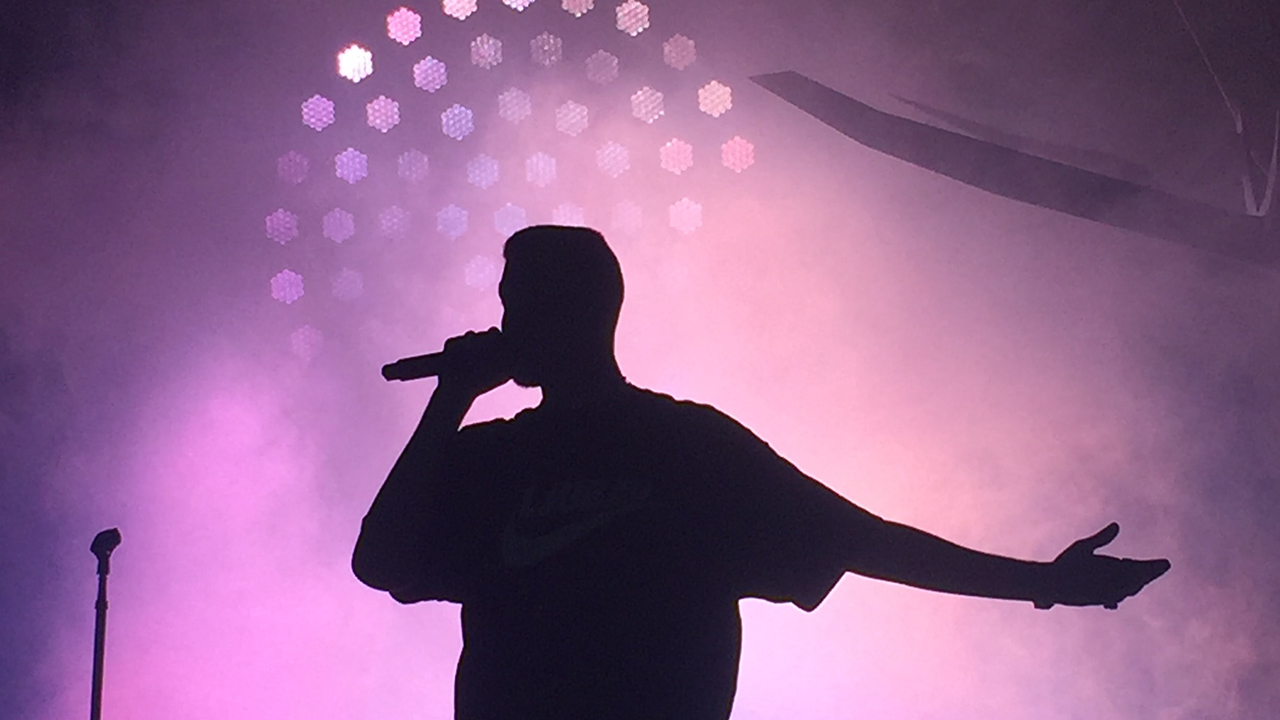Think personas are only for people? Visual thinkologist and WXO Co-Founder Kevin Dulle explains how it’s not only your customer or designer, but also your stage that makes an experience sing. He takes us through the characteristics of experience stages, and how your space itself will play a part in your experience.
(Done? Check out Persona Of Place Part Two: The Bundling Of Place Personae here.)
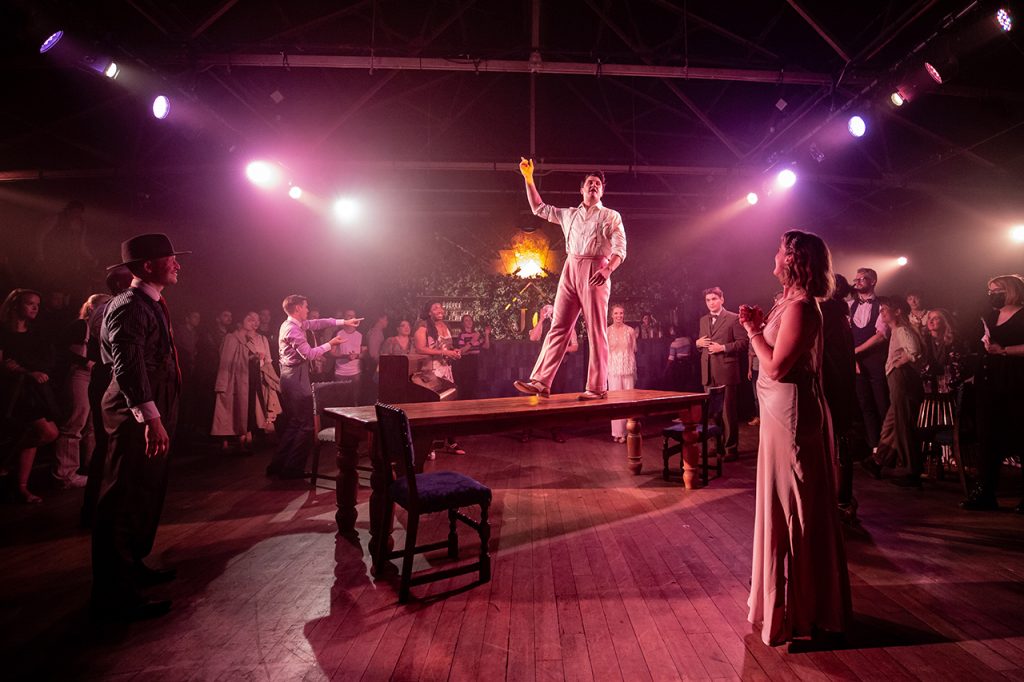
Much of the conversations we hear around the Experience Economy are focused on the customer and the stager – little is spoken about the stage itself. There are conversations and articles that discuss theming, décor, and the esthetics of space, but there is little conversation of the place itself as part of supporting the experience through its use of space and flow.
Every experience stage or place is spoken of in generalities, as if the space is merely a backdrop to the engagement. The space has a far greater role in the experience than most people consider. The place can be the conductor of how a customer engages the experience. The place is a character or actor in the role of the experience and as such, the place has a personality as well.
By now most have heard of personality profiling or persona profiles. In brief, these profiles identify unique characteristics that make up a profile or persona. The same thinking can be applied to the space.
Certain characteristics can be identified and used to create possible persona variations of use. These characteristics can fall into three categories within the space: the liminality of entering, the space of engagement, and then the liminality of exiting. These are the three zones associated with every experience stage.
Most experiences begin well before the customer engages in the experience and extend well after the engagement. These zones exist in the outer world of the experience realm and do not take part in the staging of the experience directly. It is the stage that exists in the inner world of the experience: the world that is created for the customer engagement. This world begins with the point of transition into the world and is the first element of the persona characteristic.
Liminality Of Entering
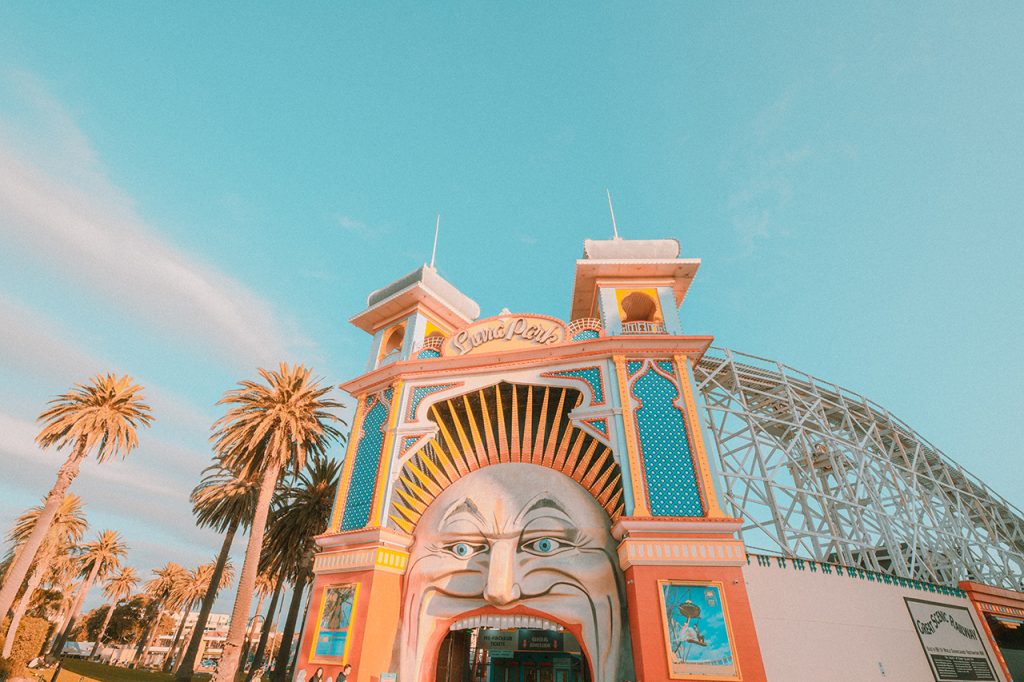
Liminality is the in-between state of the outer world and the inner world of the experience. It is the transition from the everyday world into the created realm of the experience. This liminality can be defined as time, space or both, depending on the experience.
Liminality is best described as the duration of transition. As such, the duration can be defined in three modes: Hasten, Maintain, and Linger. Each mode creates a different type of transition, and each has a different effect on the customer’s perception of the expected experience.
- Hasten mode is that of a quick transition. The duration in time and space is very short and creates little to real transition. In most applications this is merely the area associated with the doorway into the space. It creates no anticipation, but merely provides a definition between the outer world and the inner world of the experience.
“Do I need my customer to get to the experience quickly without any preparation or pre-story?” Then the application of Hasten applies.
- Maintain mode requires greater duration. A space to build expectations or to provide the customer with information in preparation of the engaging zone. In many cases this can be seen as the lobby of a theatre or entrance gate area for theme parks. As with some experiences, it can be the cueing line into the actual staging area of the experience. In many cases, the Maintain duration provides a slower transition into the engagement zone and helps set the story of the experience.
“Do I want my customer to be informed and to build up greater expectation?” Then slowing the entering process would employ the Maintain mode.
- The final and greatest duration is that of Linger. As the name implies, it is a transition space where a customer can stall their transition before the actual engagement. Starbucks uses a similar mode in most of its cafes and Roastery. It’s the area before the barista counter – the lounging area. This use of space and time allows the customer to take in the atmosphere and energy of the environment and build on the expectation.
“Do I need my customer to be acclimated into the world before the engagement?” Then the Linger mode will help create a pause along the journey.
Each of these modes of entering create a different sense of transition and impact the overall transition of the experience from ‘shock and awe’ to exploration.
Liminality Of Exiting
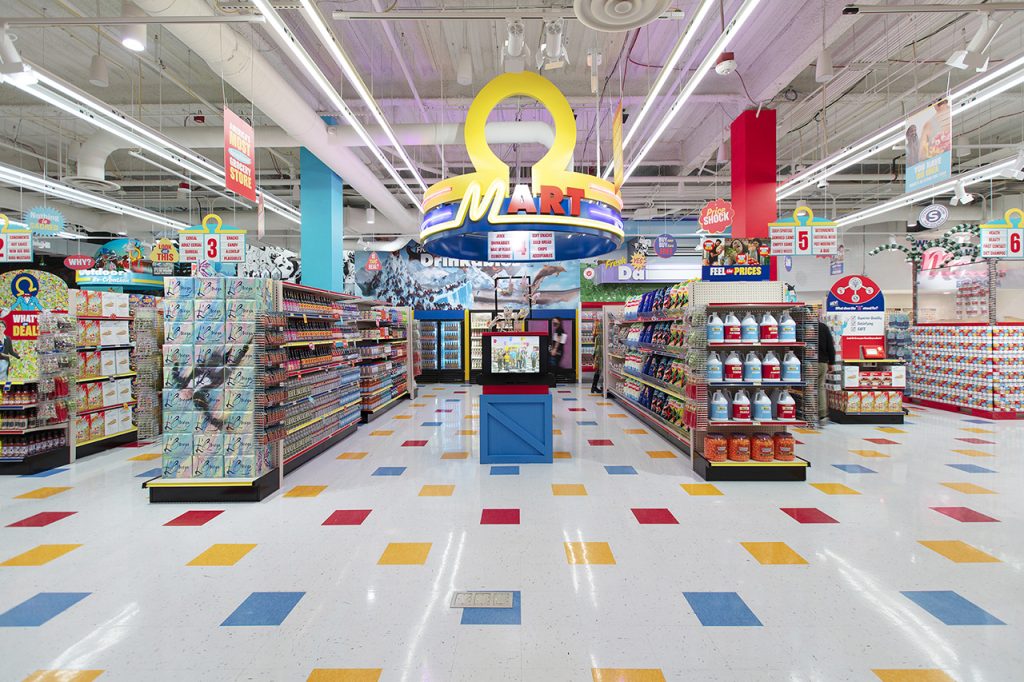
Much like the entering zone of the experience, the exiting follows the same characteristics of entering. The three modes of exiting are Hasten, Maintain, and Linger. Each provides the experience stager with a different type of exit, each with a different purpose.
- Hasten exiting is a rushed departure from the engagement zone. The transition is abrupt and provides little duration liminality from the inner world to the outer world. Many times, this can be seen as the exit doors in theaters. The film ends and the customer exits out from the low lighting and quiet space of the theatre to the outside world filled with sunlight or a dramatic change in environment conditions.
“Do I want my customer to exit immediately?” Then using the Hasten mode would provide a rapid transition back out into the outer world.
- Maintain is a greater duration out from the engagement zone and back into the real world. The Maintaining duration can be the lobby that was used on the entering phase of the experience, or a small area of event goods after a concert or a sporting event. The duration is designed to provide a greater opportunity for revenue creation or the promotion of other experiences. In the case of admission tickets, it’s the duration used to offer the opportunity to purchase admission into other experience.
“Do I need the customer to decompress slightly after the engagement?” Then designing in the Maintain zone would apply.
- The third mode is Linger. This mode provides a pause in the transition back into the outer world. It is a duration of reflection of the experience. A place to socialize and share with other customers. It can also provide the greatest opportunity for the customer to acquire memorabilia of the experience. A common use of this duration on the exiting zone can be seen as the gift shop or souvenir shop on the way out of an experience.
“Do I want to provide the customer the opportunity to purchase or be informed of future engagements?” Then utilizing Linger mode offers the best opportunity for further revenue before the customer departs.
As with the entering liminality, the exiting durations each have their unique purpose: either to empty the engagement zone of customers quickly, or provide the opportunity to create additional revenue for the experience stager.
The Engage Zone
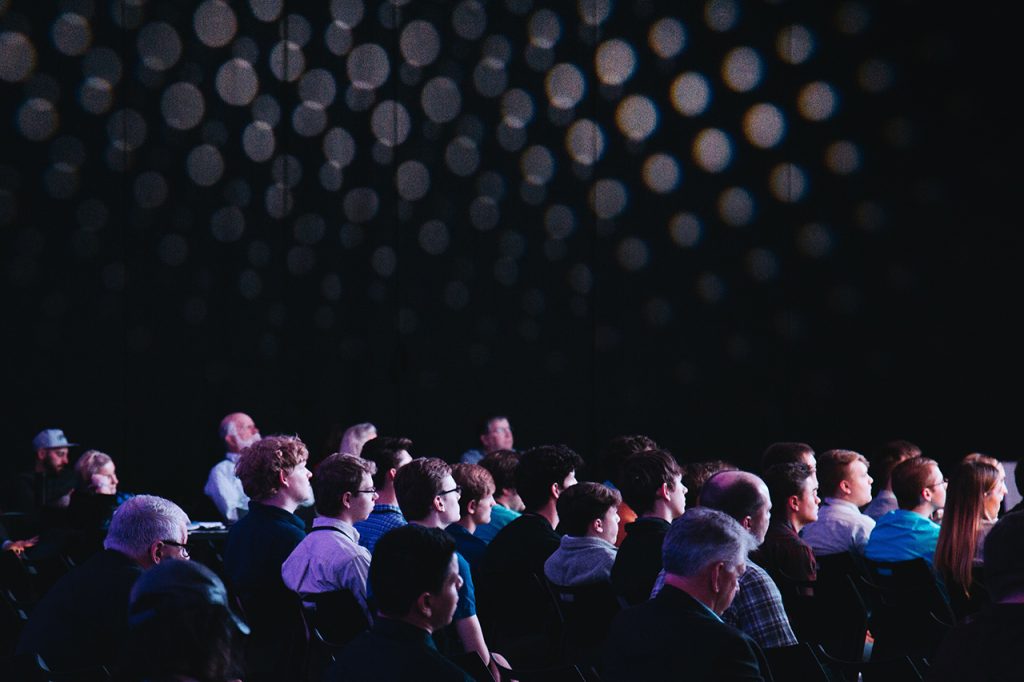
The third phase to be described is, in fact, the second phase within the experience world: the engaging zone. The characteristics identified in the engaging zone are different to those of the entering and exiting zones, where duration was used.
In the engaging zone, the level of engagement is the factor used to identify the three variations of engagement. As described in the book The Experience Economy by B. Joseph Pine I and James H. Gilmore, most experiences fall either as absorb or immerse on their Realms of Experience framework. The framework works well for identifying these unique traits, yet there can be a blend or variation between these two descriptions, a semi-immerse level of experience. It is these three variations that provide additional elements into the characteristics that aid in the creation of a place persona.
- Absorb is the level of engagement that would be associated with a fan in the seats of a sporting game or an audience at the theatre. The customer can partake of the experience from a distance as an onlooker, yet not actually engage with the performers or players. A book reader or someone who listens to music with headphones is a good example of this. In the engaging phase of the experience, no matter what the experience may be, the customer is merely witness of the experience performed and not interacting directly.
“Do I want the customer be separated from the experience being staged?” Then using the Absorb mode provides for a viewing audience.
- The Engage level of engagement might sound a bit redundant, but it is the best description. When the customer is at the level of engage, they are influencing the possible outcome of the experience. They provide some direction. Take an experience like Build-A-Bear, where children provide the input to the creation of their bear, but the machine, with the help of the staff, performs the task for the customer, much like the barista at Starbucks that creates the coffee you selected.
“Do I want the customer to interact with or conduct the performers at a distance?” Then applying the Engage level of engagement would be applicable.
- The Immerse level of engagement is the third description. This, as the term implies, means the customer is directly involved and participating as part of the experience. Imagine a diver in the water swimming about the ocean, or the thrill seeker who rides a roller coaster. Each of them is part of the experience and/or actively involved in the experience.
“Do I want the customer to be a part of the experience as performer?” Then designing the engaging zone with an Immersive level of involvement would be required.
Collection Of Characteristics
What makes up each persona of place is the combination of each of the three phases, with each offering three variations. The total number of possibilities of Place Personae is 27 identifiable personae. Each persona has a different feel and purpose based upon the combinations used.
Example Place Personae
The following abbreviations will represent the variation in each zone and look like this: LAM (“Linger” entering, “Absorb” engaging, and “Maintain” exiting)
Below are the framework examples of some of the personae of place.





There are 22 other personae of place. Each has its use in the Experience Economy, some more than others, but all play a part.
Almost every experience that is an economic offering is made up of these key elements: the action being performed, the performers, be they actors or involved customers, and the place or stage of the experience.
It is important as you’re designing the experience to define not just what the customers will experience or how the performers will engage the customers, but also how the space itself will play a part in the experience. Movement in the place is just as important as the experience being presented. The right place persona can be a benefit to the success and memory of the experience, or the wrong persona can be the element that makes the experience unremarkable or confusing.
Part two coming soon. A deep dive down the rabbit hole and into fractal experiences.
To get more insights from experts in the Experience Economy – and to be the first to know about our membership programme, events and more – apply to join the WXO community now.

